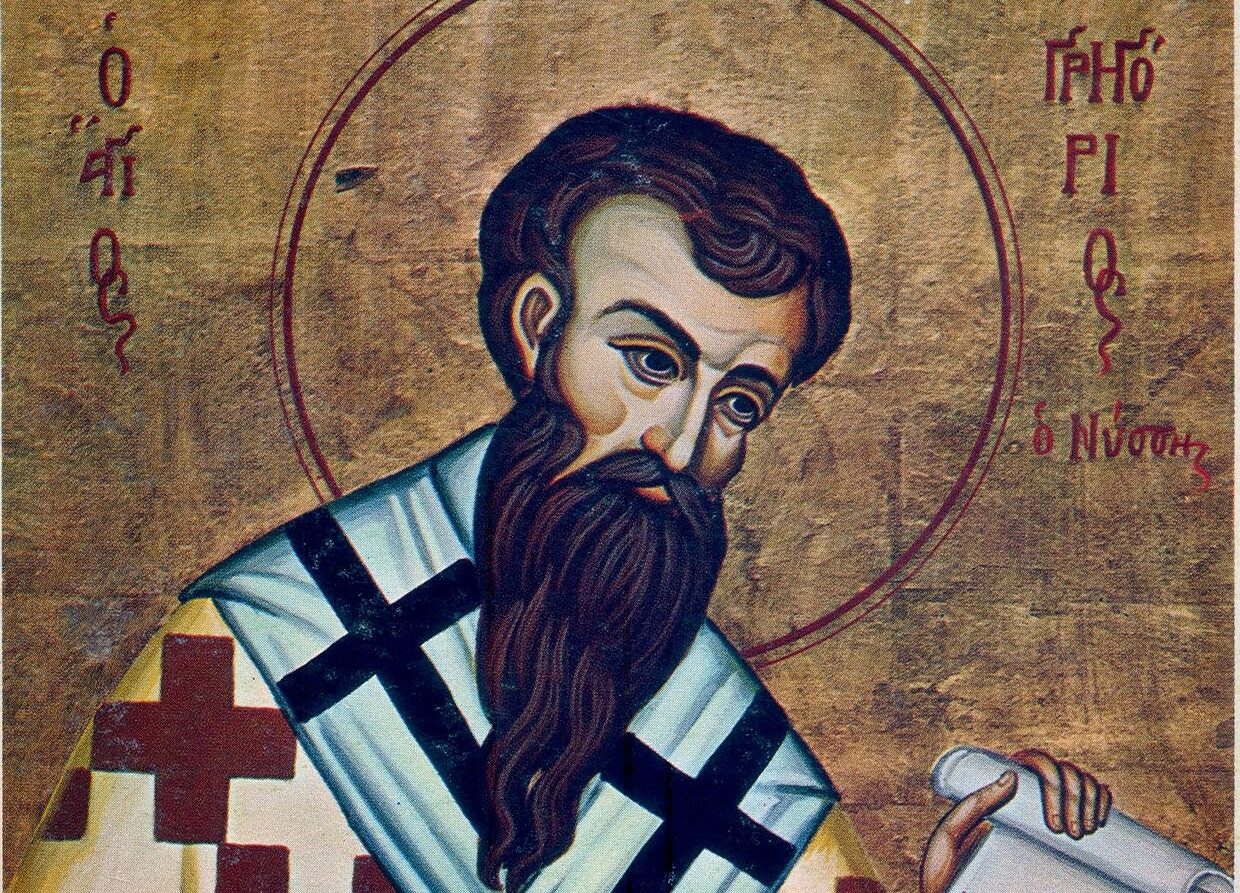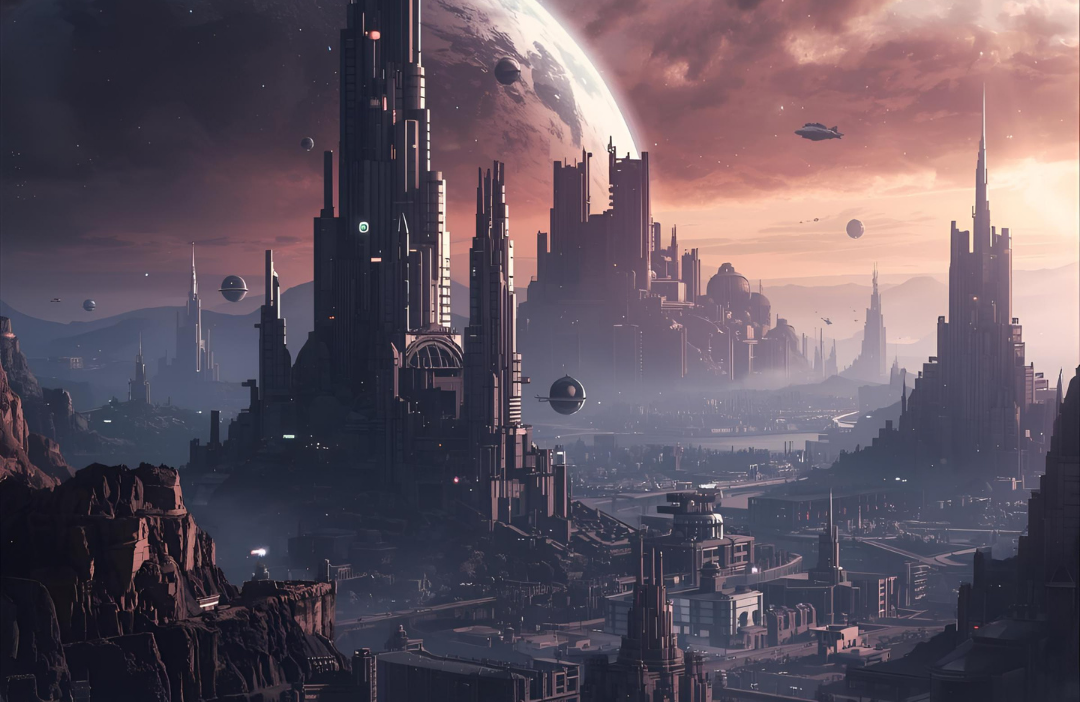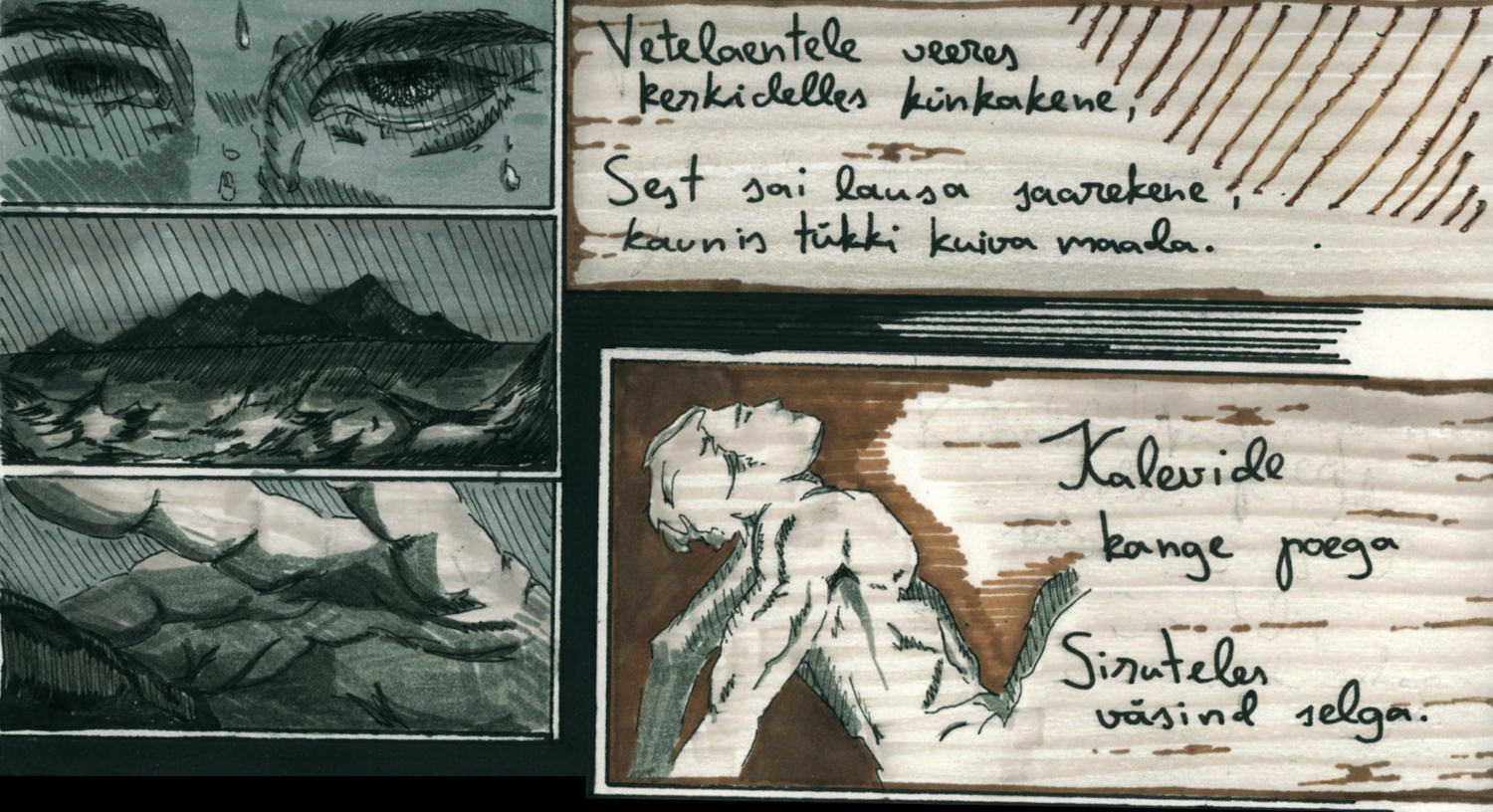Gümnasistid uudistõlkisid kursuse raames peatükke antiiksest varakristlikust teosest.
Kahel esimesel perioodil läbisid 12. klassi sõna suuna õpilased Tõlkekursuse, kus said algteadmisi tõlgi ja tõlkija elukutsest ning oli ka võimalus kätt harjutada kirjaliku tõlke kujundamisel ja vormistamisel.
Lõputööna võtsime ette paraja pähkli – 4. sajandist pärit, Isade Isaks nimetatud, Nyssa linna piiskopi Gregoriose teose “Inimese loomisest”. See ei osutunud jõukohaseks kaugeltki kõigile õpilastele ja seda suurem tunnustus neile, kes suutsid sajanditetaguse teksti kaasaegsesse eesti keelde ümber pannes arusaadavaks teha ka tänasele lugejale.
Eriline tänu tragidele tõlkijatele Mirta Flo Nurmsalule, Nora Liivele, Laur Teivale, Johannes Hirvojale suurepärase eestinduse eest, mida saame ka siinkohal esitleda!
Gregorios Nyssast
INIMESE LOOMISEST
Lõputöö aines Tõlkekursus
Juhendaja õp Anne Hiio
5. peatükk – Inimene on jumaliku kõikvõimsuse võrdkuju
Tõlkinud Mirta Flo Nurmsalu
5. peatükk – Inimene on jumaliku kõikvõimsuse võrdkuju
V Chapter – That man is the likeness of Divine sovereignty
1. Tõde on see, et Jumalikku ilu ei kaunista mitte mingi kuju, vormilahendus ega ka värvide ilu, vaid seda vaadeldakse kui sõnulseletamatut ja täiuslikku õndsust. Nagu ka kunstnikud kujutavad inimesi oma teostel kindlate värvide abil, lisades neile juurde toone ja varjundeid, et anda originaali ilu edasi võimalikult täpselt, siis soovin, et mõistaksite: niisamuti näitab meie Looja ka meile enda kõikvõimsust, maalides portree Tema enda ilu sarnaseks ning lisades sellele vooruseid justkui värve. Ja need toonid ja varjundid, millega Tema tõeline kuju maalile kandub, on nii erinevad ja vaheldusrikkad: ei punane, ei valge ega ka segu neist, mis iganes nime sellele ka anda võiks, samuti mitte must, mis maaliks välja kulmud ja silmad või mille varjud rõhutaks figuuri sügavust, ega muud kunstilised väljendused, mida maalijate käed suudavad teha, vaid nende asemel hoopis puhtus, kiretus, õndsus, võõrandumine kõigest kurjast ning kõik samalaadsed omadused, mis aitavad inimeses kujundada sarnasust Jumalaga. Just selliste toonidega lõi Looja oma enda kuju järgi meie loomuse.
1. It is true, indeed, that the Divine beauty is not adorned with any shape nor endowment of form, by any beauty of colour, but is contemplated as excellence in unspeakable bliss. As then painters transfer human forms to their pictures by the means of certain colours, laying on their copy the proper and corresponding tints, so that the beauty of the original may be accurately transferred to the likeness, so I would have you understand that our Maker also, painting the portrait to resemble His own beauty, by the addition of virtues, as it were with colours, shows in us His own sovereignty; and manifold and varied are the tints, so to say, by which His true form is portrayed: not red, or white, or the blending of these, whatever it may be called, nor a touch of black that paints the eyebrow and the eye, and shades, by some combination, the depressions in the figure, and all such arts which the hands of painters contrive, but instead of these, purity, freedom from passion, blessedness, alienation from all evil, and all those attributes of the like kind which help to form in men the likeness of God; with such hues as these did the Maker of His own image mark our nature.
2. Ja kui vaadelda ka teisi tahke, milles Jumalik ilu väljendub, siis näeksite, et ka neis on täiuslikult säilinud see sarnasus, mida me kujutame. Jumalus on mõistus ja sõna: sest alguses oli Sõna ning Pauluse järgijatel on Kristuse mõistus, mis neis kõneleb. Ka inimkond ei ole neist kaugele võõrandunud: te näete endas sõna ja mõistmist, ning just Mõistuse ja Sõna jäljendust. Taas kord, Jumal on armastus ja armastuse allikas. Just seda kuulutab suur Johannes, et armastus on Jumalast ja Jumal on armastus (1Joh 4:7-8) — meie loomuse kujundaja on teinud selle ka meie tunnuseks. Siinkohal, kuulutab Ta, teadku kõik inimesed, et kui te üksteist armastate, olete te minu jüngrid… seega, kui puudub armastus, muutub kõik see, millel põhineb sarnasus. Tema Jumalikkus näeb ja kuuleb kõike ning kontrollib kõike. Ka teil on see võime tajuda kõike nägemise ja kuulmise abil ning teil on mõistmine, mis uurib ja kontrollib seda.
2. And if you were to examine the other points also by which the Divine beauty is expressed, you will find that to them too the likeness in the image which we present is perfectly preserved. The Godhead is mind and word: for in the beginning was the Word and the followers of Paul have the mind of Christ which speaks in them: humanity too is not far removed from these: you see in yourself word and understanding, and imitation of the very Mind and Word. Again, God is love, and the fount of love: for this the great John declares, that love is of God, and God is love I John 4:7-8: the Fashioner of our nature has made this to be our feature too: for hereby, He says, shall all men know that you are my disciples, if you love one another … thus, if this be absent, the whole stamp of the likeness is transformed. The Deity beholds and hears all things, and searches all things out: you too have the power of apprehension of things by means of sight and hearing, and the undestanding that inquires into things and searches them out.
22. peatükk – Neile, kes küsivad, et kui taassünd on nii imeline ja hea, siis miks pole seda veel juhtunud, kuigi seda oodatakse rasketel aegadel?
Tõlkinud Nora Liive, Laur Teiva ja Johannes Hirvoja
22. peatükk – Neile, kes küsivad, et kui taassünd on nii imeline ja hea, siis miks pole seda veel juhtunud, kuigi seda oodatakse rasketel aegadel?
XXII Chapter – To those who say, if the resurrection is a thing excellent and good, how is it that it has not happened already, but is hoped for in some periods of time?
1. Keskendugem nüüd järgmisele osale arutelust. Võib-olla kellelegi, kes laseb oma mõtted magusa lootuse poole lendu, tundub see vaeva ja kaotusena, et me pole üle inimmõistusest ja tunnetusest ja pole rahul, et aeg, mis laiub tema ja tema soovi vahel, on nii üüratu. Laskem tal lõpetada lapse moodi käitumine, kes jonnib, sest ei saa kohe seda, mida tahab. Kuna kõiki asju juhib põhjus/mõistus ja tarkus, ei tohi mingil juhul eeldada, et midagi siin elus juhtub ilma põhjuse/mõistuse enda ja tarkuseta selle sees.
1. Let us give our attention, however, to the next point of our discussion. It may be that some one, giving his thought wings to soar towards the sweetness of our hope, deems it burden and a loss that we are not above man’s sense and knowledge,.and is dissatisfied with the extension of the time that intervenes between him and the object of his desire. Let him cease to vex himself like a child that is discontented at the brief delay of something that gives him pleasure; for since all things are governed by reason and wisdom, we must by no means suppose that anything that happens is done without reason itself and the wisdom that is therein.
2. Võib tekkida küsimus, miks meie valusa elu muutumine selleks, mida ihaldame, ei toimu koheselt? Miks ootab meie keeruline, kehaline ja mingi ajani määratud olek kõikide asjade lõppu, et inimese elu võiks kütkest vabastada ja naasta vabana õnnistatud ja vältimatult puutumatusse ellu?
2. You will say then, What is this reason, in accordance with which the change of our painful life to that which we desire does not take place at once, but this heavy and corporeal existence of ours waits, extended to some determinate time, for the term of the consummation of all things, that then man’s life may be set free as it were from the reins, and revert once more, released and free, to the life of blessedness and impassability?
3. Kas meie vastus/selgitus on tõene teab ainult Tõde, aga kõik, mis meie mõistusega toimub on järgmine. Kordan põhjendusena meie esimest kirjutist
Ja Jumal ütles: „Tehkem inimesed oma näo
järgi, meie sarnaseks /-…/
Ja Jumal lõi inimese oma näo järgi,
Jumala näo järgi lõi ta tema, /…/ (1Ms 1:26-27 )Järelikult oli Jumala kuju, mida näeme kogu inimkonnas, oma täiuse saavutanud, kuid Aadam veel mitte. Heebrea keele oskajad ütlevad, et maast moodustunud asja nimetatakse etümoloogilise nomenklatuuri järgi Aadamaks. Veel kutsub oma emakeelt, iisraellaste keelt, põhjalikult õppinud apostel muldset inimest χoϊκόϛ mis on Aadama nimi kreeka keeles.
3. Well, whether our answer is near the truth of the matter, the Truth itself may clearly know, but as all events what occur to our intelligence is as follows. I take up then once more in my argument our first text: –
God says, Let us make man in our image, after our likeness, and God created man, in the image of God created He him (Genesis 1:26-27).
Accordingly, the Image of God, which we behold in universal humanity, had its consummation then, but Adam as yet was not; for the thing formed from the earth is called Adam, by etymological nomenclature, as those tell us who are acquainted with the Hebrew tongue – wherefore also the apostle, who was specially learned in his native tongue, the tongue of Israelites, calls the man of the earth (1 Corinthians 15:47) χoϊκόϛ, as though the name Adam into the Greek word.
Algtekst. Translated by H.A. Wilson. From Nicene and Post-Nicene Fathers, Second Series, Vol. 5. Edited by Philip Schaff and Henry Wace. (Buffalo, NY: Christian Literature Publishing Co., 1893.) Revised and edited for New Advent by Kevin Knight. http://www.newadvent.org/fathers/2914.htm



